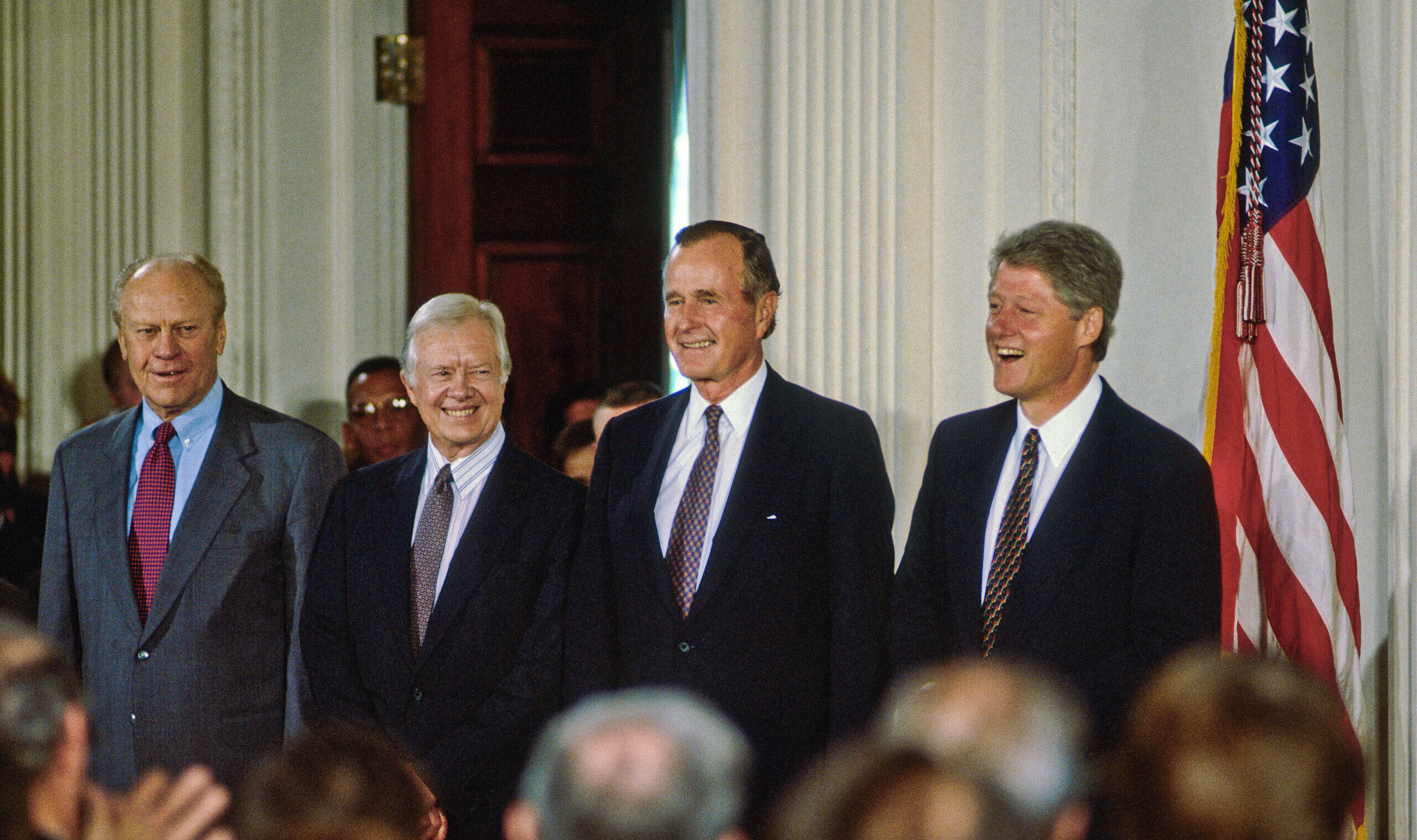More Weak Arguments for ‘Free’ Trade
American manufacturing is not doing just fine, actually.

Is it too much to ask for the free trade people to freshen up their talking points? When you use the same arguments in 2024 as in 1994, it leaves the impression that you are not paying attention to the real world.
The failure of the libertarian side of the trade debate to learn any lessons from history is the main thrust of my piece in the last issue’s cover package on the 30th anniversary of the North American Free Trade Agreement. Colin Grabow has written a 1,700-word response for the American Institute for Economic Research that, ironically, illustrates my thesis perfectly.
Grabow says that trade between nations is nothing new. “The first evidence of long‐distance trade dates back to 3000 BCE,” he writes. But he fails to mention that the first tariffs date back to the same period. Foreign goods were taxed by many ancient civilizations, including by the Romans.
Grabow says that the World Trade Organization, too, was nothing new. Its predecessor, the General Agreement on Tariffs and Trade, predated the WTO and NAFTA by half a century. But he fails to note that the GATT system resolved disputes through negotiation whereas the WTO does so through litigation in the WTO appellate body, which eliminates the flexibility that many U.S. leaders, including Ronald Reagan, used to protect American manufacturing during the GATT era. He also fails to note that the GATT system excluded hostile and non-free nations like the USSR, whereas the WTO includes China.
The hoariest free trade talking point is that manufacturing in America is doing just fine, actually, and all the jobs that appeared to be lost to China and Mexico were in fact the result of improved efficiency, not foreign competition. Grabow writes:
Blame placed on globalization for manufacturing job losses is mistaken. The decline in US manufacturing jobs—something that has been taking place since 1979—is more a story of technology (robots, computers, and the like) and changing US consumer tastes than it is about trade. We know this because while the number of manufacturing jobs has declined, output has risen.
It is frustrating to see this blame-the-robots talking point continue to be used since it has been debunked. Possibly the talking point survives because the debunking was somewhat technical, but the basic argument is quite easy for a layman to understand.
The claim that globalization did not actually harm U.S. manufacturing rests on the growth in manufacturing output during the years when manufacturing employment dramatically fell. In 2011, economist Susan Houseman published a stunning finding: All of the growth in output in the decade after 2000 came from a single sector, computers, which is a small fraction of American manufacturing, about 12 percent. Other sectors were stagnant or declined. “It was staggering—it was actually staggering—how much that was contributing to growth in real manufacturing productivity and output,” she said.
Moreover, the apparent growth in output in the computer sector was the result of the products becoming more valuable, not any improvements in the manufacturing process. Computers got a lot better between 2000 and 2010. If laptops sell for twice as much as they did ten years ago because they are nicer, then that will show up in the data as a doubling of output even if they come from the same factory with the same number of workers making the same number of laptops.
It should have been clear that something was wrong with the everything-is-rosy line from the fact that between 2000 and 2014 the number of factories in America declined by 78,000. You would not expect the number of factories to drop by 22 percent if we were producing the same amount of stuff just with fewer workers.
Subscribe Today
Get daily emails in your inbox
So, to sum up, the supposed increase in manufacturing output during globalization’s heyday came from a single sector, computers, and even that apparent increase was a matter of improvements in the product and had nothing to do with automation or efficiency. (For more, see this interview with Houseman from 2012, where she also addresses how outsourcing cheaper components from abroad can create the appearance of productivity gains.) We weren’t making more stuff with fewer people; we were making less stuff.
Besides, the talking point is outdated anyway, because between 2011 and 2022 manufacturing productivity in the U.S. declined.
Robert Lighthizer, who served as Donald Trump’s U.S. Trade Representative, wrote last week in the Economist: “Since the end of the cold war, America has come as close as almost any major country in history to eliminating significant tariffs. It was a bold experiment, and it has failed.” Strong words, but entirely justified by the facts of recent history. If only libertarians would wake up and notice them.
Comments